“We would like to acknowledge and thank Dr. Omar Henderson for his tireless work in researching and prototyping to achieve the redevelopment of the authentic ‘Chedeville Rubber’. Presented here is his treatise on the development of ‘Chedeville Rubber’.”
Background and History
The use of rubber has been documented since Pre-Columbian times as old as 1600 BC in South America. Latex or the sap of the Para rubber tree has been collected and used for at least 2000 years and was brought back to Medieval Europe by the Spanish conquistadores. In 1844 Charles Goodyear patented a process to harden rubber called Vulcanizations after the Greek God of fire Vulcan. The commercial production of rubber flourished after Henry Wickam gathered seeds from native Brazil rubber trees and brought them to England in 1876 where they were grown into seedlings and then exported to the British colonies in Indonesia, Singapore, Malaysia and large rubber growing plantations were established.

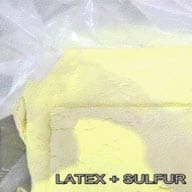
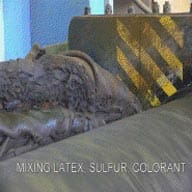
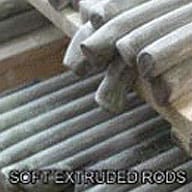
The industrial revolution brought new needs and uses for rubber products especially vulcanized rubber and the development of processes were mirrored in rubber plants both in the U.S. and Europe. Much of the history of techniques, processes, machinery and chemicals used in early vulcanized rubber making are poorly documented and changed over time with new experimentation in vulcanized rubber making. A combination of records is needed from both American and European sources to piece together a more complete picture of the chemicals, processes and conditions used to create vulcanized rubber at different time periods. This documentation is difficult to find and analyze with some gaps and omissions in the timeline persist and practices at different factories varied.
Vulcanized rubber is made by reacting natural latex (the sap of the rubber tree with water removed) with sulfur and other chemicals under high heat and pressure. The monomer – long single atom chains – in latex can form cross-links (bridges between monomer chains) with sulfur to form polymers (interconnected monomer chains) which change the elastic properties and hardness the natural latex and also impart new physical characteristics. The speed of this cross-linking (cure – term) and the extent, pattern, and number of cross-links determine the ultimate characteristics of the vulcanized rubber. The pattern and number of cross-links is partially determined by the purity of the latex starting material and the number and type of impurities found in the starting latex. In chemical terms any impurity will change the crystallization (shape and design) or lattice (ladder forming) reactions. In determining the properties and recreating a vulcanized rubber from a Chedeville specimen it is important to determine what these impurities are and to add them back to purified latex in order to recreate a similar cross-linking pattern in the final vulcanized rubber.
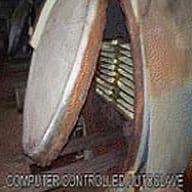

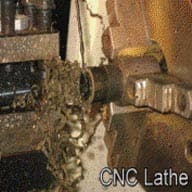
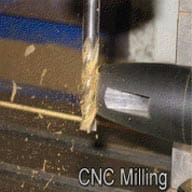
Various accelerators (chemicals that make the cross-linking reaction proceed faster) were also developed and used over time to decrease the time, pressures, and temperatures needed to increase the cross-linking speed and decrease the time necessary to produce vulcanized rubber. Today entirely new and more efficient accelerators are used. The original accelerators used at the time that vulcanized rod rubber was produced to make the Chedeville mouthpieces were metals and various metal compounds (oxides and salts primarily of Zinc). In recreating Chedeville rod rubber stock it is imperative to determine what type of accelerator was used and at what concentration in order to recreate a similar material.
Carbon black (black carbon residue made from combusted organic material) is added to latex in the vulcanization mix to give it the characteristic black color. Research has shown that the amount and composition of the carbon black also has effects on the finished vulcanized rubber in terms of physical properties (described later) and acoustic properties of the finished rubber. The amount and type (chemical composition) of carbon black used in Chedeville mouthpieces was also measured by sensitive chemical and instrumental means.
Today and beginning after World War II, most rubber products are made from synthetic rubber molecules which can be molded and then quickly vulcanized which can have many different physical properties for special purpose needs. Prior to WWII vulcanized rubber had limited flexibility in physical properties and most products were made by machining the needed parts for larger pieces of rod or bar stock. Chedeville mouthpieces were made by this technique of machining the mouthpiece from vulcanized rod rubber stock. Today precise Computer Numeric Controlled machines ca reproduce measurements to thousands of a millimeter.

